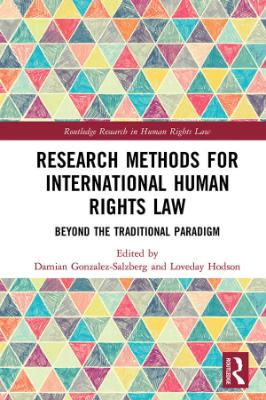
|
Research Methods for International Human Rights Law: Beyond the traditional paradigm
The study and teaching of international human rights law is dominated by the doctrinal method. A wealth of alternative approaches exists, but they tend to be discussed in isolation from one another. This collection focuses on cross-theoretical discussion that brings together an array of different analytical methods and theoretical lenses that can be used for conducting research within the field. As such, it provides a coherent, accessible and diverse account of key theories and methods. A distinctive feature of this collection is that it adopts a grounded approach to international human rights law, through demonstrating the application of specific research methods to individual case studies. By applying the approach under discussion to a concrete case it is possible to better appreciate the multiple understandings of international human rights law that are missed when the field is only comprehended though the doctrinal method. Furthermore, since every contribution follows the same uniform structure, this allows for fruitful comparison between different approaches to the study of our discipline.
|
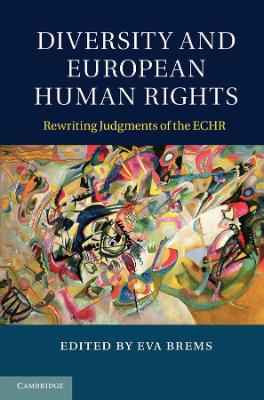
|
Diversity and European Human Rights: Rewriting Judgments of the ECHR
Through redrafting the judgments of the ECHR, Diversity and European Human Rights demonstrates how the Court could improve the mainstreaming of diversity in its judgments. Eighteen judgments are considered and rewritten to reflect the concerns of women, children, LGB persons, ethnic and religious minorities and persons with disabilities, in turn. Each redrafted judgment is accompanied by a paper outlining the theoretical concepts and frameworks that guided the approaches of the authors and explaining how each amendment to the original text is an improvement. Simultaneously, the authors demonstrate how difficult it can be to translate ideas into judgments, whilst also providing examples of what those ideas would look like in judicial language. By rewriting actual judicial decisions in a wide range of topics, this book offers a broad overview of diversity issues in the jurisprudence of the ECHR and aims to bridge the gap between academic analysis and judicial practice.
|
|
A False Tree of Liberty: Human Rights in Radical Thought
This book is concerned with the history of the idea of human rights. It puts aside familiar questions such as ‘Where do human rights come from?’ and ‘When did human rights begin?’, for the sake of looking into connections between debates about the rights of man and developments within the history of capitalism. The focus is on England, where, at the end of the eighteenth century, a heated controversy over the rights of man coincided with the final enclosure of common lands and the momentous changes associated with early industrialisation. Tracking back still further to sixteenth- and seventeenth-century writing about dispossession, resistance and rights, the book reveals a forgotten tradition of thought about central issues in human rights, with implications for their prospects in the world today.
|
|
|
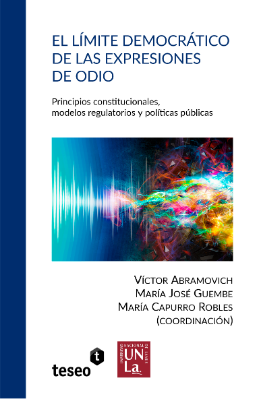
|
El límite democrático de las expresiones de odio: Principios constitucionales, modelos regulatorios y políticas públicas
La necesidad de pensar en los límites de los discursos de odio tiene en su raíz una cuestión política: cómo abordar la regeneración de estos discursos en un espacio comunicacional ampliado –que comprende a los medios de comunicación tradicionales y a los entornos digitales ̶ desde la defensa del poder regulatorio del Estado para asegurar condiciones de igualdad esenciales, sin caer en la trampa punitiva.
Con frecuencia, sectores hegemónicos en el control de los medios y plataformas invocan la libertad de expresión como una coraza protectora para impugnar cualquier tipo de injerencia legal, y ofrecen como solución medidas de “autorregulación” y debida diligencia empresarial. Esta fórmula conduce a privatizar asuntos complejos para la democracia, que deberían ser abordados desde la perspectiva de las políticas públicas. Al mismo tiempo, y en sentido opuesto, algunos sectores del activismo igualitario proyectan expectativas desmedidas sobre el sistema penal como herramienta de la lucha antidiscriminatoria, sin advertir los riesgos que entraña para la acción colectiva afilar esos peligrosos engranajes.
Motivadas por esa cuestión, las primeras discusiones que sirven de base a este libro surgieron de un conjunto de ponencias presentadas en el marco del seminario Plataformas para el Diálogo: Nuevos Discursos de Odio y sus Contradiscursos en América Latina, convocado por el Centro Maria Sibylla Merian de Estudios Latinoamericanos Avanzados en Humanidades y Ciencias Sociales (CALAS) y la Universidad Nacional de San Martín.
|
|
|
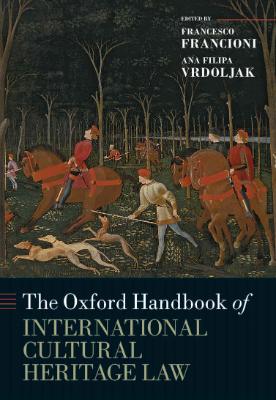
|
The Oxford Handbook of International Cultural Heritage Law
This Handbook sets out and assesses the international legal framework governing the protection of cultural heritage. Cultural heritage is frequently not bounded by national territory and can only effectively be protected through international cooperation. This is a primary driving force of contemporary multilateral, regional, and bilateral initiatives, including legal measures. Accordingly, the Handbook is primarily focused on public international law, but it embraces also aspects of private international law and comparative law. It analyses the substance of cultural heritage protection and explores its links with other areas of public and private international law, as well as the ways in which cultural heritage law is contributing to the development of international law itself. The Handbook concludes with an examination of the implementation of cultural heritage law and of regional approaches. It reflects the diversity of developments in almost every field of international law which is leading to this specialist area of law and provides an overarching rationale for understanding and teaching cultural heritage law as a coherent body of law with key principles and practices. The book is designed in such a manner to enable a reader, whether it be a practitioner, policymaker, teacher or student, to pick and choose according their individual needs.
|
|
|
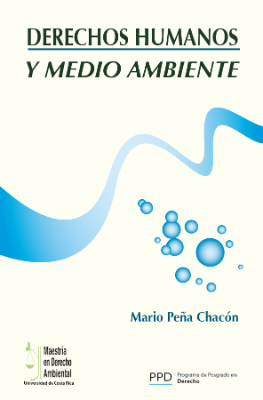
|
Derechos Humanos y Medio Ambiente
En la presente obra, está presente una línea de investigación y de análisis muy propia del autor; la importante relación entre el derecho al ambiente y los derechos humanos. Además, un valor agregado muy actual, la evolución reciente hacia la ecologización de los derechos humanos de los relatores de Naciones Unidas sobre medio ambiente y derechos humanos Knox y Boyd. Prioriza, como la Corte Interamericana de Derechos Humanos ha establecido, por medio de la Opinión Consultiva Nº 23-17, una forma de profundizar, de manera autónoma, el derecho a un medio ambiente sano. Lo cierto es que la Corte Interamericana propone una dimensión verde de ciertos derechos, buscando proponer que el medio ambiente como derecho humano es necesario interpretarlo en su relación con la vida, la propiedad, la salud, entre otros. Es una realidad que tanto la Comisión como la Corte Interamericana han establecido ciertos parámetros básicos en la materia que la obra desarrolla con mucha propiedad.
Se trata de 5 artículos académicos que recopilan los principales avances en materia de derechos humanos ambientales: Derechos Humanos Ambientales; Principios de progresividad y no regresión ambiental; Ecologización de los derechos humanos; Ecologización del derecho humano al ambiente; Derechos de la naturaleza; Derecho humano al agua potable y al saneamiento, Opinión Consultiva OC-23-17 de la Corte Interamericana.
|
|
|
|
|